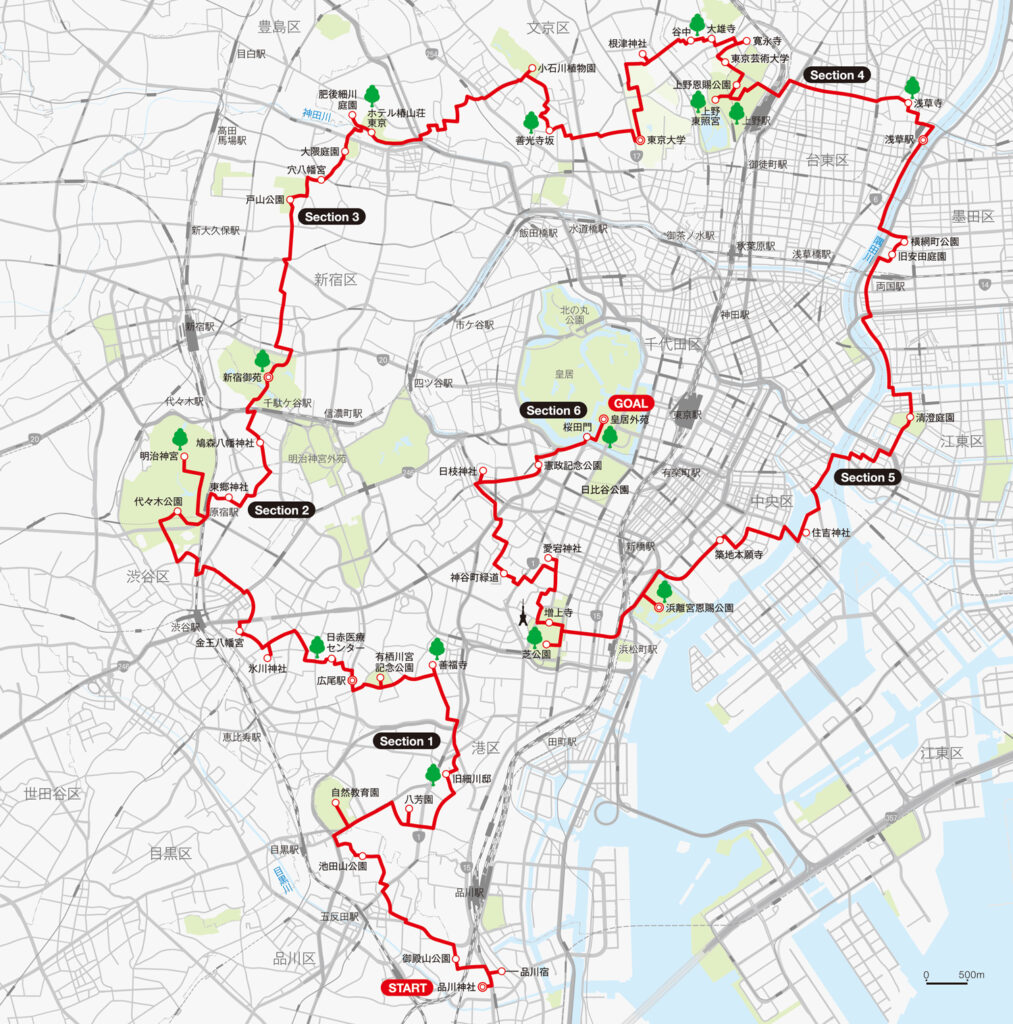Sumida River − a delight for both walking and cruising
Section 5 follows the Sumida River from Asakusa to Hamarikyu Gardens. On this route, there aren’t any old trees or large trees to speak of. Having been densely populated from long ago, the area was devastated once by the Great Kanto Earthquake of 1923, and again by the Great Tokyo Air Raid of 1945. One large tree that was spared destruction is the 800-year-old ginkgo at Senso-ji Temple. Legend says it grew from a cutting that was planted by Kamakura shogun Minamoto-no-Yoritomo (in office 1192–99). Most of its branches were lost and much of its trunk was charred in the fire during the war, but it still radiates the power of a survivor.
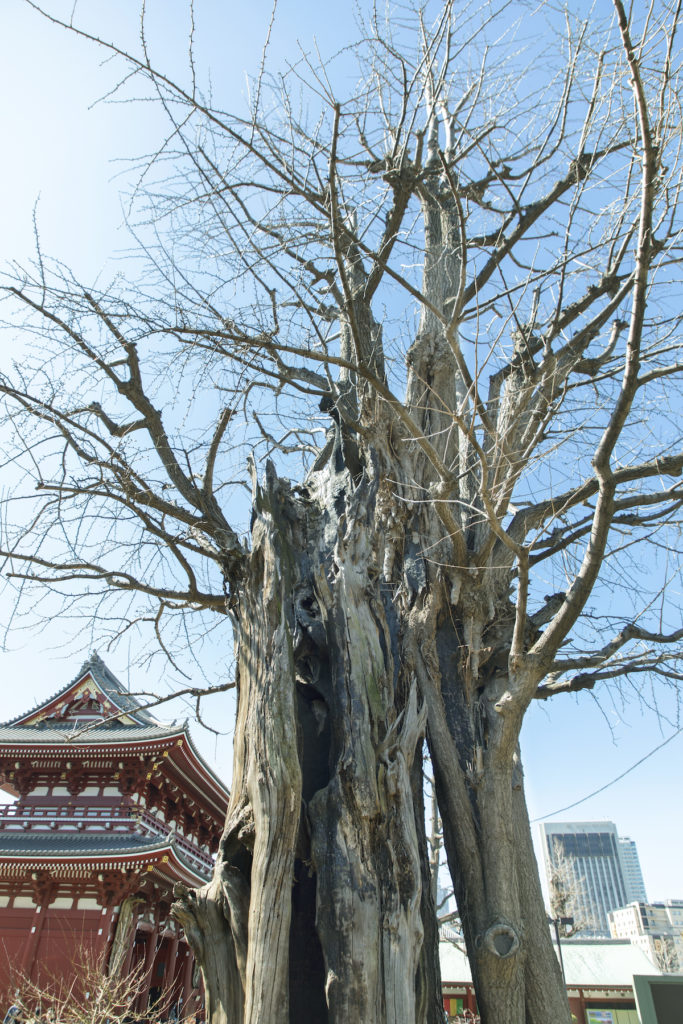
From here, we have a choice between two routes. By land, we could head south down the Sumida River, passing by Yokoamicho Park and Kyu-Yasuda Garden, crossing the bridge past Kiyosumi Park, and strolling through the Tsukuda district to Hamarikyu Gardens. Or by water, we could take a boat from Asakusa, cruising the Sumida River under its bridges—including the Azuma, Kiyosu, and Tsukiji bridges—and landing at Hamarikyu Gardens. Ikeuchi and Mori opt for the latter and delight in a Tokyo cruise like tourists. “These handsome bridges are the highlight of the Sumida River” (Ikeuchi). “I don’t do much sightseeing in Tokyo, because I live here, but cruising the Sumida River is actually a perfect way to feel the ambience of both present-day Tokyo and premodern Edo” (Mori). Past the Shin Ohashi Bridge, where the Sumida River meets the Onagi River, is the Basho-an Hermitage Historic Site Outlook Garden, where a seated statue of the 17th century poet Matsuo Basho watches over the safety of the designer duo.
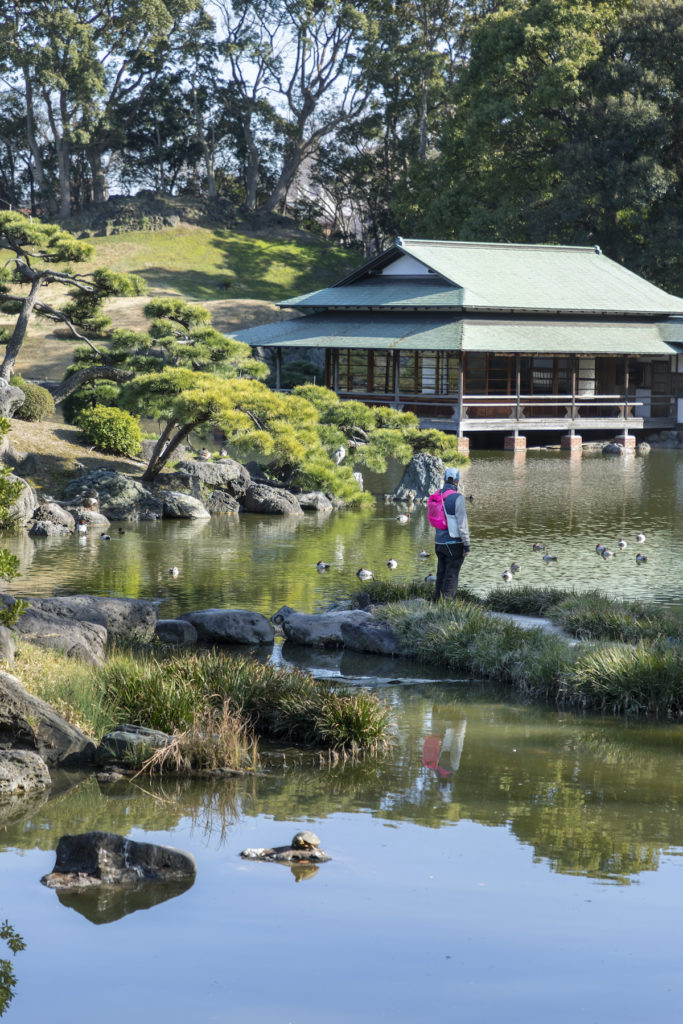
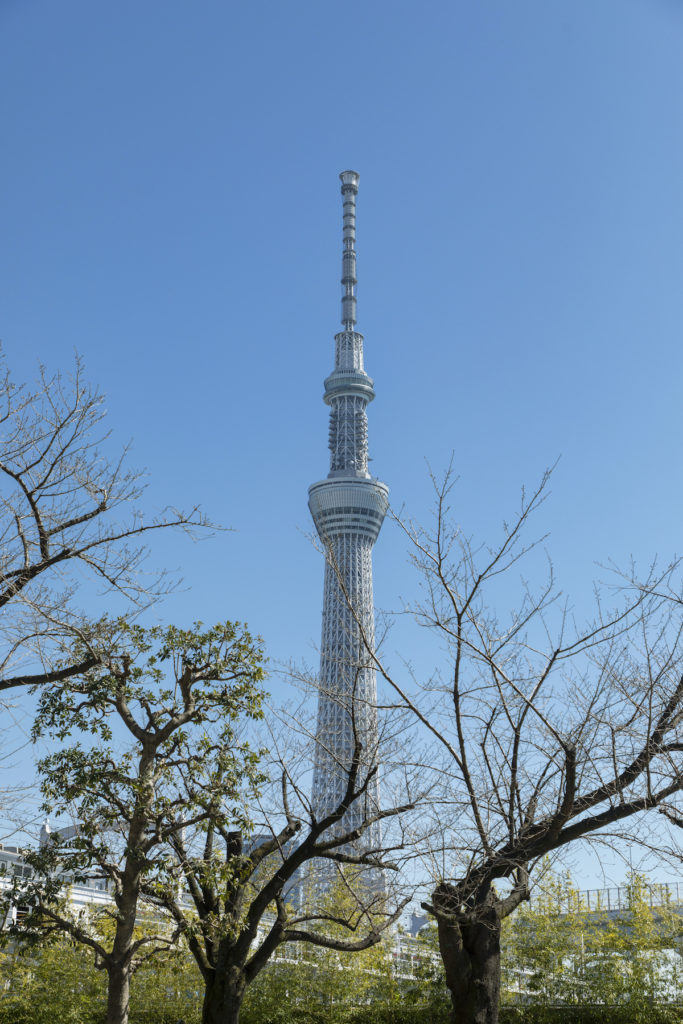
Our goal is Hamarikyu Gardens, a quintessential feudal lord’s garden from the Edo period (1603–1868). Shioiri-no-ike Pond is famous for features that change with the rise and fall of the sea level. The symbolic tree here is the “300-year pine” celebrated as one of the oldest Japanese black pines in Tokyo. It was planted by the sixth shogun, Tokugawa Ienobu (in office 1709–12), and after centuries of pruning by seasoned gardeners, grew into a spectacular shape comparable to an oversized bonsai. “An enormous pine with tall buildings in the background—the contrast is so Tokyo,” say the duo. Only in a park in the heart of Tokyo are you treated to a bizarre landscape where an old tree tended by generations of shogun is juxtaposed with modern skyscrapers.
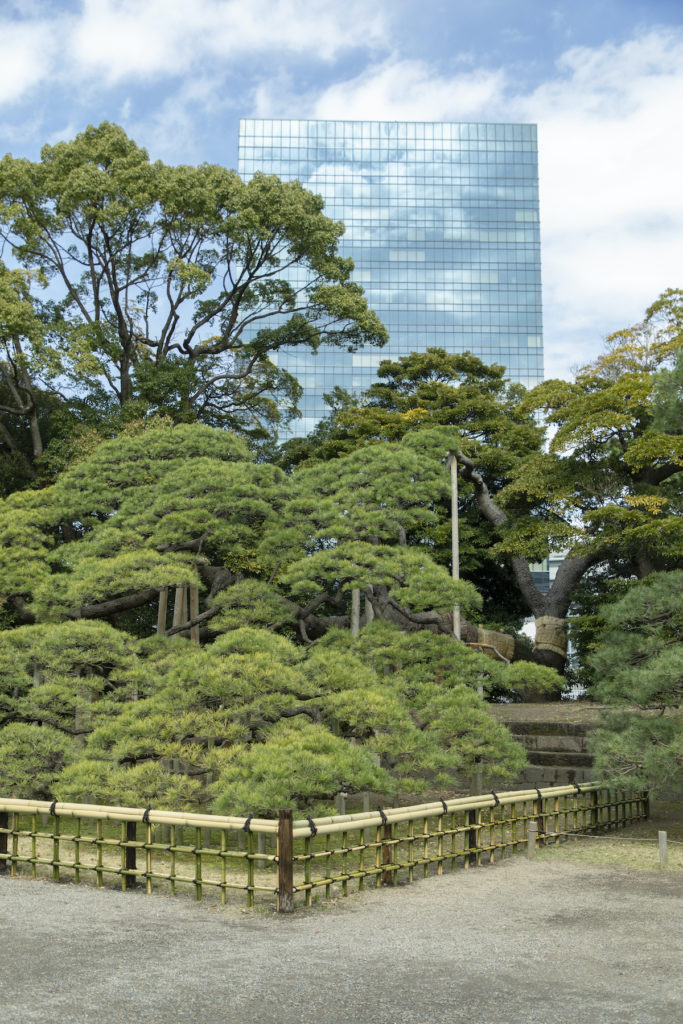
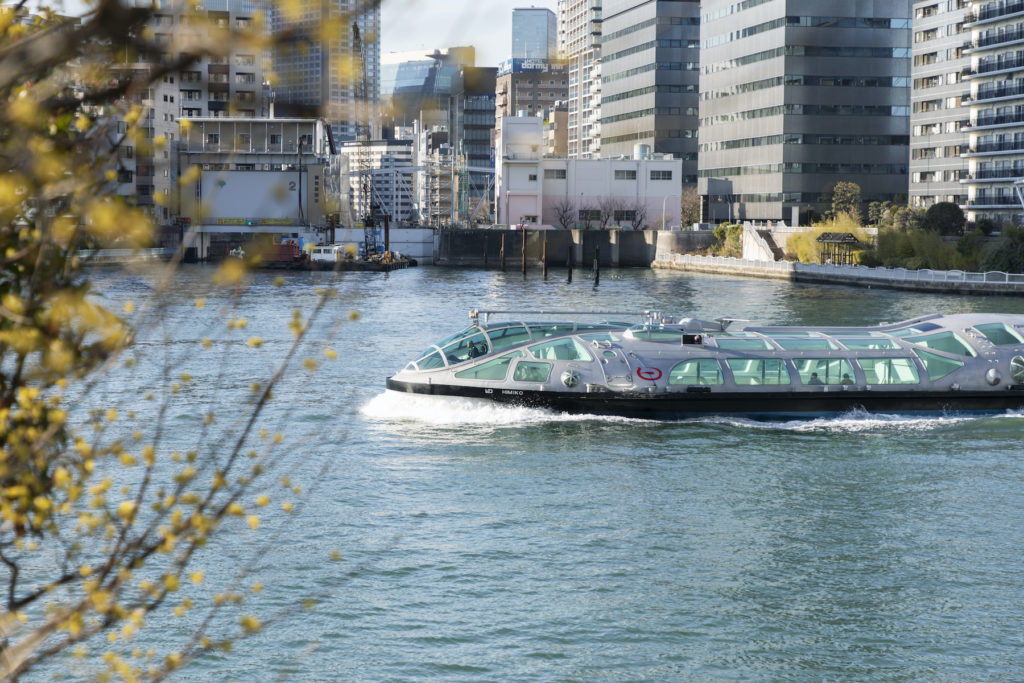
■Tree Spot
• Kinryuzan Senso-ji Temple
• Yokoamicho Park
• Kyu-Yasuda Garden
• Kiyosumi Gardens
• Sumiyoshi Jinja Shrine
• Tsukiji Hongwanji Temple
• Hamarikyu Gardens
PAPERSKY has created a 60km trail that connects trees in Tokyo. This original route starts from Shinagawa-juku (Kita-Shinagawa), which welcomed travelers as the gateway to Edo (old name for Tokyo), and winds around in a clockwise direction to the Imperial Palace, where Edo Castle once stood.
